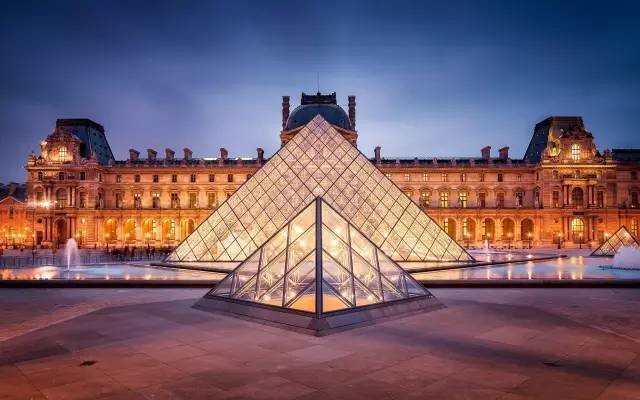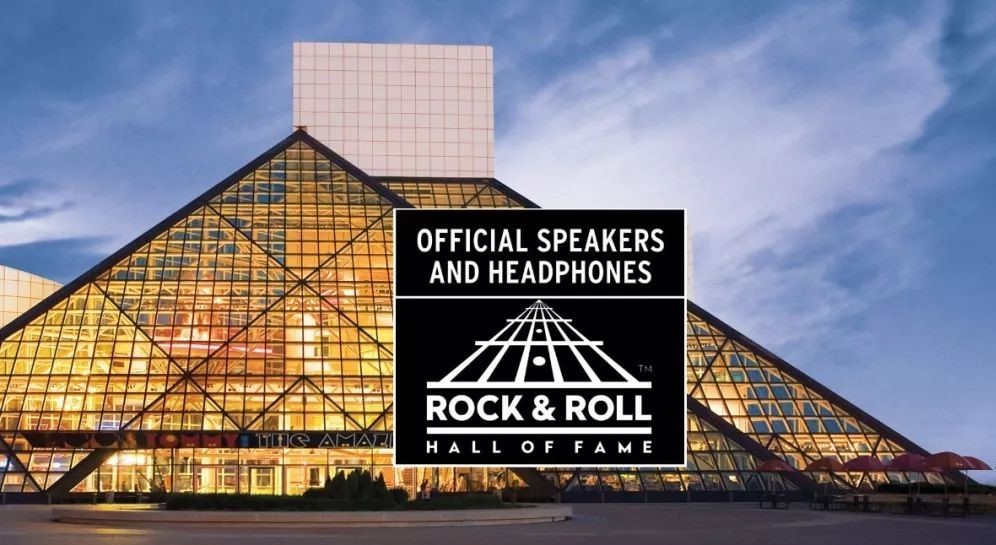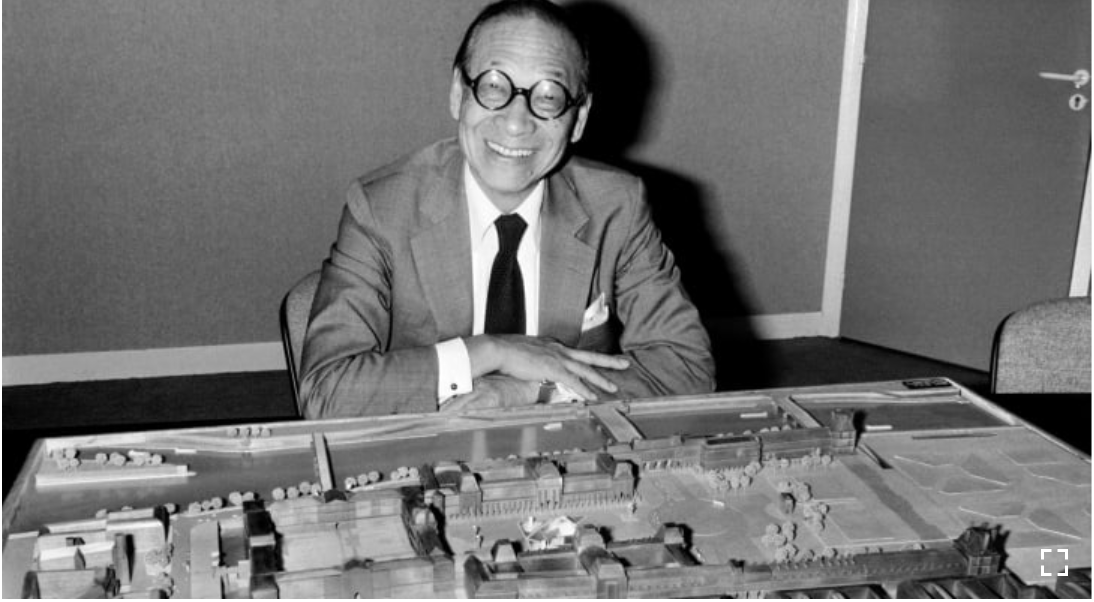I.M. Pei, who was revered as one of the last great modernist architects, has died on May 16th, aged 102. He made great contribution to the redevelopment of the Louvre Museum in Paris in the 1980s. For he created a great welcoming space: put a swirling staircase underground and capped it with a glow of transparency and light that did not touch, let alone hurt.
贝聿铭,曾被誉为“最后的现代主义建筑大师之一”,于5月16日与世长辞,享年102岁。他对20世纪80年代卢浮宫的改建作出了巨大的贡献,因为他设计了一个新的入口,没有像别处那样做个混凝土砌块,而是创造了一个巨大的迎宾空间:把一个旋转楼梯伸入地下,这样不仅不会伤害和破坏这些文物,而且避免了阳光的直射。

As an outstanding architect, he has two great passions in the architecture. The first is for simple geometric forms, triangle, circle and square, according to which he designed the East Building of the National Gallery in Washington, the Bank of China Tower in Hong Kong and the Museum of Islamic Art in Dubai. And the other firm conviction is that architecture must mirror life. So, he studied Islam and explored the Islamic world, discovering his dome-and-cube ideal in the oldest mosque in Cairo. And when considering the Louvre, he impishly took a cue from Napoleon’s fascination with the pyramids on the Nile.
作为一名杰出的建筑师,他对建筑有两大热情。第一个是简单的几何图形、三角形、圆形和正方形,根据这些原理他设计了华盛顿国家美术馆东楼、香港中银大厦和迪拜伊斯兰艺术博物馆。另一个坚定的信念是建筑必须反映生活。为了设计他的多哈委员会伊斯兰艺术博物馆,他研究伊斯兰教,探索伊斯兰世界,在开罗最古老的清真寺里找到了穹顶和立方体结合的启发。当他接到卢浮宫的设计任务时,他顽皮地从拿破仑对尼罗河上金字塔的迷恋中得到了启示。

In person, I.M. Pei was dapper, good-humored, charming and unusually modest. His working process was evolutionary, but innovation was never a conscious goal.
贝聿铭本人衣着考究、待人温和、富有魅力,而且为人及其谦逊。他的工作过程是循序渐进的,但也从不刻意去革新。
"Some people say I'm obsessed with geometry," Pei said in a 2009 documentary. "Maybe I am, but that's what I believe: I think architecture is ... geometry in solid forms."
“有些人说我对几何学很着迷,”贝聿铭在2009年的一部纪录片中说。也许我是,但我相信:我认为建筑是…立体几何。”

"Stylistic originality is not my purpose," he said. "I want to find the originality in the time, the place and the problem."
他说:“形式风格创新不是我的目的。我希望在时间、地点和问题上找到原创性。”
Author: Zhu Jiao
Information resource: CNN, The Economist
Date: 6-9

